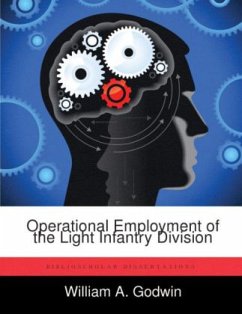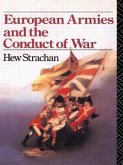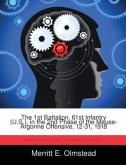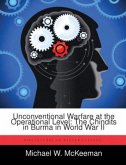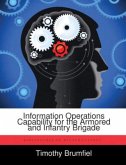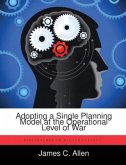The purpose of this study is to examine the operational employment of the light infantry division in contingency and reinforcement roles. Considerations for employment were identified from an analysis of doctrine, contemporary military thought, and three historical examples of the employment of light infantry. The historical examples used were the German invasion of Crete, the Falklands War, and the battle at Bastogne. Thoughts by MG Franz Uhle-Wettler, LTG John Galvin, Steve Canby, Edward Luttwak, and Michael Duffy provide an appraisal of the use of light infantry. This study found that there were many similarities in the employment of light forces despite differences in environment, threat, and time. Key similarities are: operations in rugged terrain, close air support superiority, and significant artillery support. Light units habitually operated in small units and at night. Tactics are characterized by raids, ambush, and infiltration. These tactics enhance the use of light infantry in a contingency role at the tactical level. Light divisions are not as effective at the operational level. Strategically, light divisions offer a tremendous capability for employment. This study concludes that the best employment of the light division is in a contingency role in low intensity combat. The force can operate well in either the strategic or tactical levels of war. Properly augmented and employed in restrictive terrain, light infantry can be effective against heavy forces.
Hinweis: Dieser Artikel kann nur an eine deutsche Lieferadresse ausgeliefert werden.
Hinweis: Dieser Artikel kann nur an eine deutsche Lieferadresse ausgeliefert werden.

